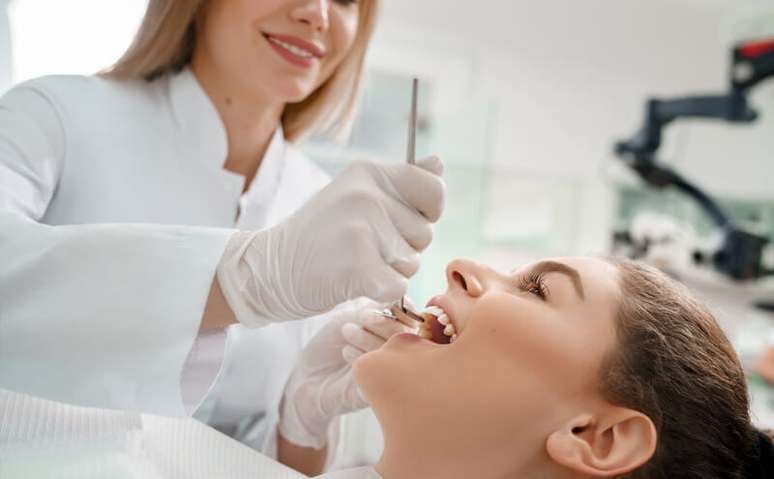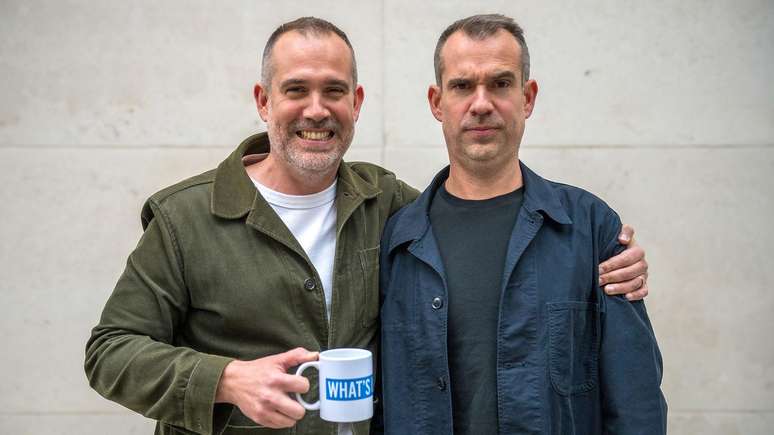Applications range from orofacial harmonization to the fight against bacterial plaque
html[data-range=”xlarge”] figure image img.img-a45dc17696497f21d6194c4b65af4825vtqr0okx { width: 774px; height: 479px; }HTML[data-range=”large”] figure image img.img-a45dc17696497f21d6194c4b65af4825vtqr0okx { width: 548px; height: 339px; }HTML[data-range=”small”] figure figure img.img-a45dc17696497f21d6194c4b65af4825vtqr0okx, html[data-range=”medium”] figure image img.img-a45dc17696497f21d6194c4b65af4825vtqr0okx { width: 564px; height: 349px; }
Medical cannabis research in dentistry increased by 300% from March 2022 to April 2023, according to a survey by Colleaguethe medical cannabis ecosystem of Latin America.
The strong demand occurred after the release of Rdc 660, a resolution by Anvisa, from the beginning of 2022, which included the serial number field of the dental professional in requests for the import of medicines.
Although the use by dentists is advanced, in Brazil there is only the sale in pharmacies of the active ingredient for oral administration (systemic absorption), when the need for patients with oral problems is usually related to the use of topical medicines (topical application), such as ointments, toothpastes, mouthwashes and conditioners, which still need to be imported upon request.
The risk of illegal sales
According to Rafael Pessoa, medical director of Cannect, although he understands Anvisa’s concern about the risk of topical medicines being sold illegally and without a prescription, reducing the bureaucratisation of the process would benefit patients who have been living with the side effects of drugs for years . palliative care, for example.
“Without releasing stock products in Brazil, you create a barrier to access for these patients. Topical products do not have systemic absorption, only local, so the risk of incorrect dosages and drug interactions is very low ”, she explains.
For Guilherme Martins, dental surgeon and vice president of the Brazilian Society of Dentistry with Cannabinoids (SBOCAN), the increased demand for oral treatments with cannabis is also part of the patients.
“There has been a movement within offices, where there is high demand from patients who are already asking how ‘cannabidiol’ can help with bruxism and orofacial pain, for example. Patients are increasingly aware of this type of therapy and have a very positive acceptance,” she says.
Few dental surgeons prescribe medical cannabis
Always on the need for progress in cannabis in dentistry, the country must evolve in the educational area, especially in university courses. In a Cannect-sponsored workshop in early March, it was noted that 95% of participants who were dentists had never prescribed medical cannabis to their patients due to a lack of knowledge on the subject.
“Dentistry schools should provide adequate teaching on the endocannabinoid system from the beginning of the course, especially related to the stomagnathic system, which includes all the muscles of the face, the teeth and the periodontium. Much more than prescribing phytocannabinoids, university professionals need to know the correct way to modulate this rich and important system for health. Continuing training is also essential in this sense”, explains Martins.
And Pessoa adds: “Education and science must go hand in hand. Specialty companies and councils must invest in and promote the topic, as well as stimulate scientific production”.
11 applications of medical cannabis in dentistry
The range of cannabinoid treatment options through dentistry has expanded in recent years and plays a vital role. Applications range from chronic pain, oral attunement, oral tissue healing and control of the bacteria that lead to gum disease and tooth decay, to conditions related to anxiety modulation, such as bruxism.
“Patients refractory to common treatment, such as in cases of chronic orofacial pain, may even reduce the use of other medications or even no longer need them, thus minimizing side effects. Mouthwashes based on phytocannabinoids, on the other hand, are very useful for cancer patients who are unable to carry out mechanical control of bacterial plaque, for example, needing this chemical control”, explains Martins.
11 main uses:
- 1. Pain modulation, thanks to its anti-inflammatory and analgesic effect;
- 2. Anxiety modulation for preoperative patients;
- 3. Bruxism during wakefulness due to stress;
- 4. Fear or phobia of dental treatment;
- 5. Muscle relaxant effect in patients with orofacial pain;
- 6. Norsiplasty pain control (burning mouth syndrome);
- 7. Healing of oral ulcers and periodontal tissues;
- 8. Odontogenesis and osteoinduction (pathologies related to growth factors in bone tissue);
- 9. Control of bacterial plaque;
- 10. Modulation of the circadian cycle, related to sleep dentistry;
- 11. Orofacial harmonization
HOMEWORK inspires transformation in the world of work, in business, in society. It is creation ofCOMPASS
content and connection agency.
Source: Terra
Ben Stock is a lifestyle journalist and author at Gossipify. He writes about topics such as health, wellness, travel, food and home decor. He provides practical advice and inspiration to improve well-being, keeps readers up to date with latest lifestyle news and trends, known for his engaging writing style, in-depth analysis and unique perspectives.








